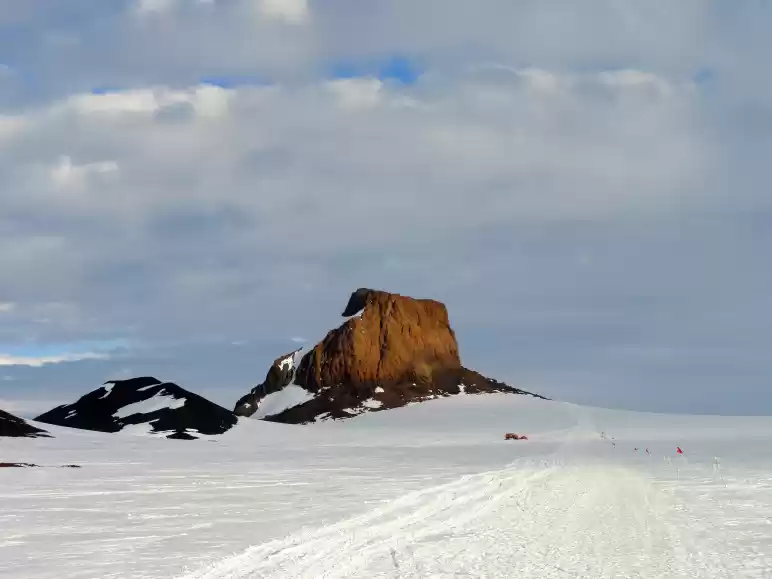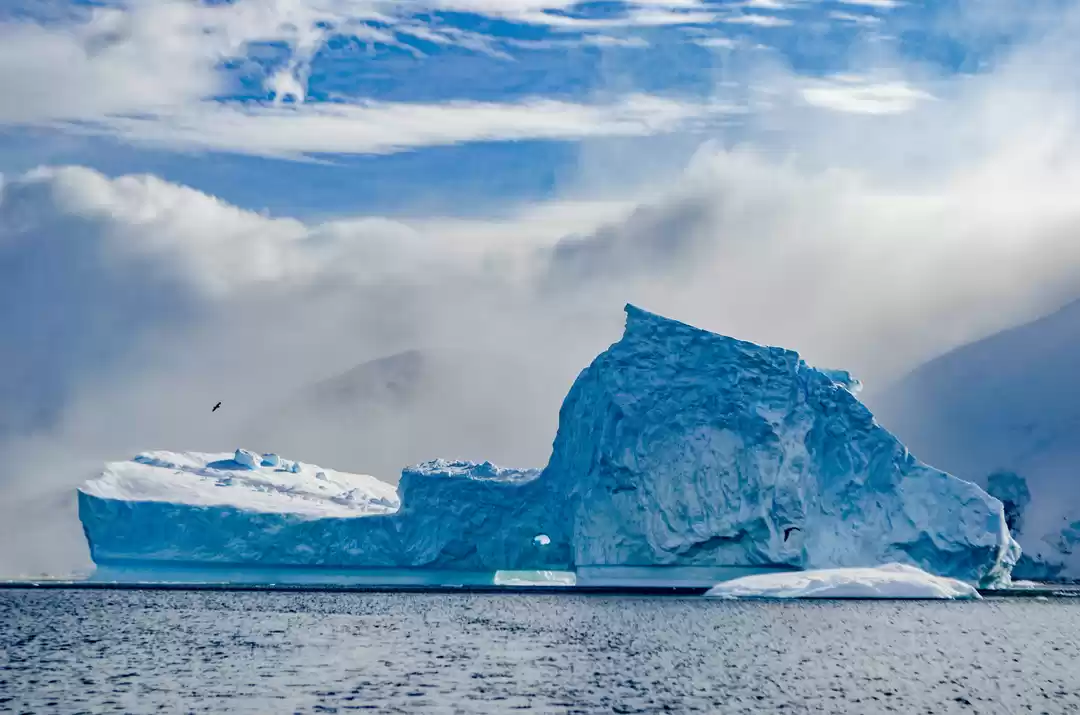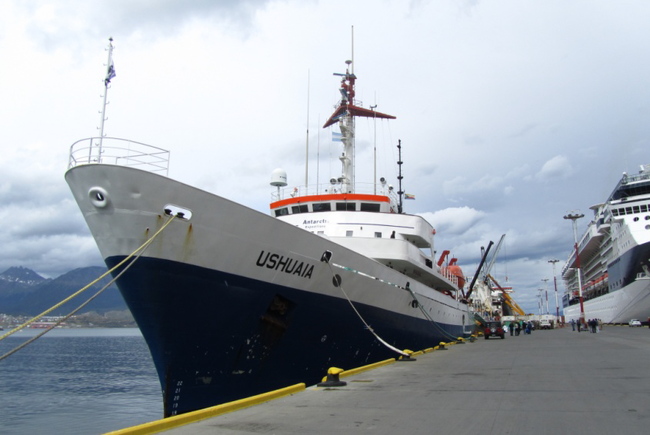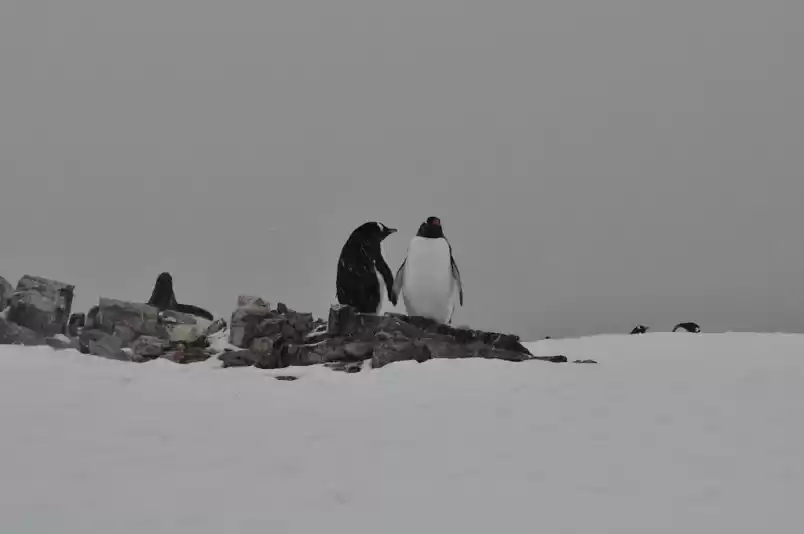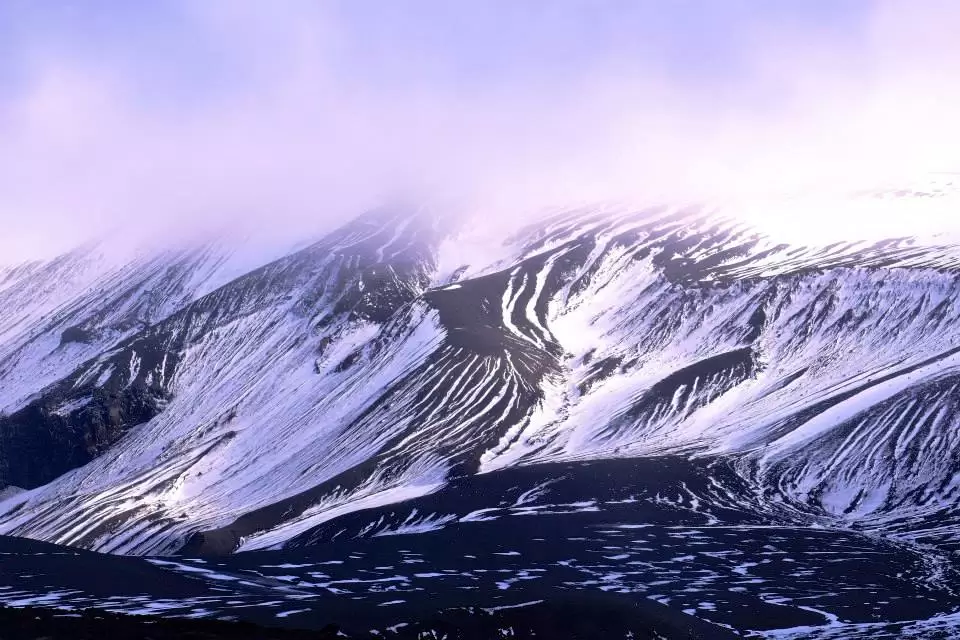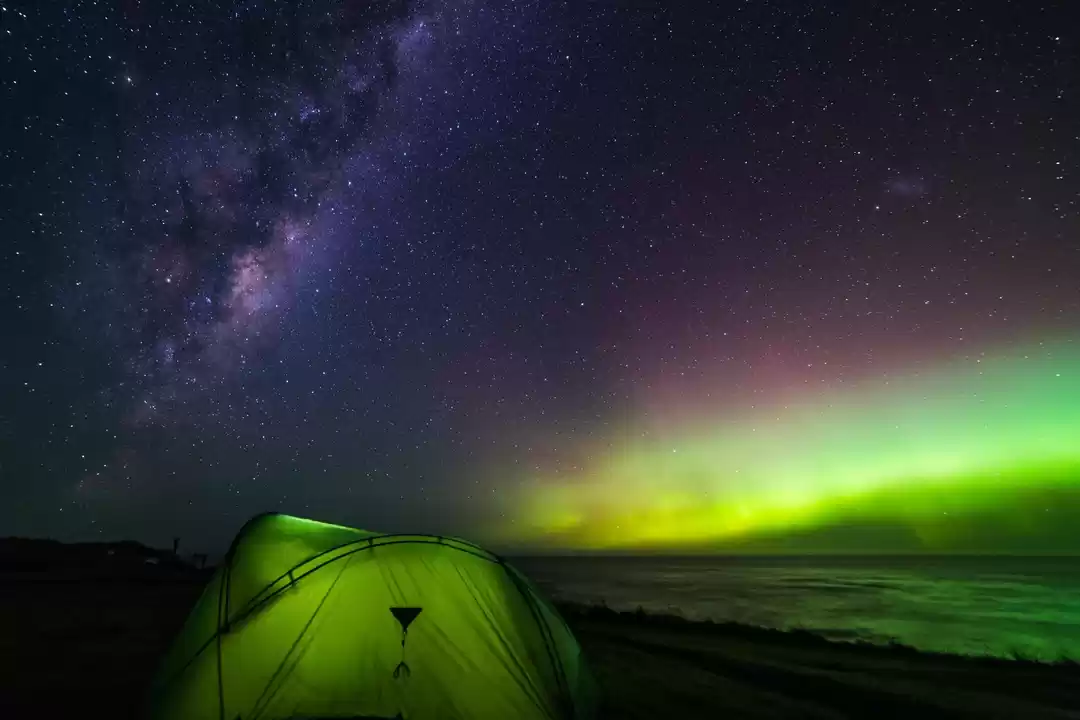Antarctica Tourism and Travel Guide
Antarctica (US English /æntˈɑrktɪkə/, UK English /ænˈtɑrktɪkə/ or /æntˈɑrtɪkə/ and /ænˈtɑrtɪkə/ or /ænˈɑrtɪkə/) is Earth's southernmost continent, containing the geographic South Pole. It is situated in the Antarctic region of the Southern Hemisphere, almost entirely south of the Antarctic Circle, and is surrounded by the Southern Ocean. At 14,000,000 square kilometres (5,400,000 square miles), it is the fifth-largest continent in area after Asia, Africa, North America, and South America. For comparison, Antarctica is nearly twice the size of Australia. About 98% of Antarctica is covered by ice that averages 1.9 kilometres (1.2 mi) in thickness, which extends to all but the northernmost reaches of the Antarctic Peninsula.Antarctica, on average, is the coldest, driest, and windiest continent, and has the highest average elevation of all the continents. Antarctica is considered a desert, with annual precipitation of only 200 mm (8 in) along the coast and far less inland. The temperature in Antarctica has reached −89 °C (−129 °F), though the average for the third quarter (the coldest part of the year) is −63 °C (−81 °F). There are no permanent human residents, but anywhere from 1,000 to 5,000 people reside throughout the year at the research stations scattered across the continent. Organisms native to Antarctica include many types of algae, bacteria, fungi, plants, protista, and certain animals, such as mites, nematodes, penguins, seals and tardigrades. Vegetation, where it occurs, is tundra.Although myths and speculation about a Terra Australis ('Southern Land') date back to antiquity, the Russian expedition of Fabian Gottlieb von Bellingshausen and Mikhail Lazarev on Vostok and Mirny first sighted a continental ice shelf in 1820. The continent, however, remained largely neglected for the rest of the 19th century because of its hostile environment, lack of resources, and isolation.Antarctica is a de facto condominium, governed by parties to the Antarctic Treaty System that have consulting status. Twelve countries signed the Antarctic Treaty in 1959, and thirty-eight have signed it since then. The treaty prohibits military activities and mineral mining, prohibits nuclear explosions and nuclear waste disposal, supports scientific research, and protects the continent's ecozone. Ongoing experiments are conducted by more than 4,000 scientists from many nations.

